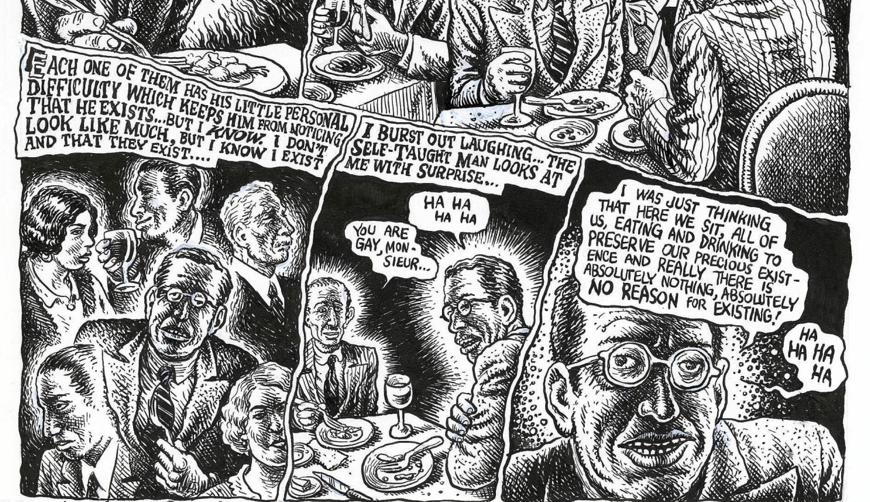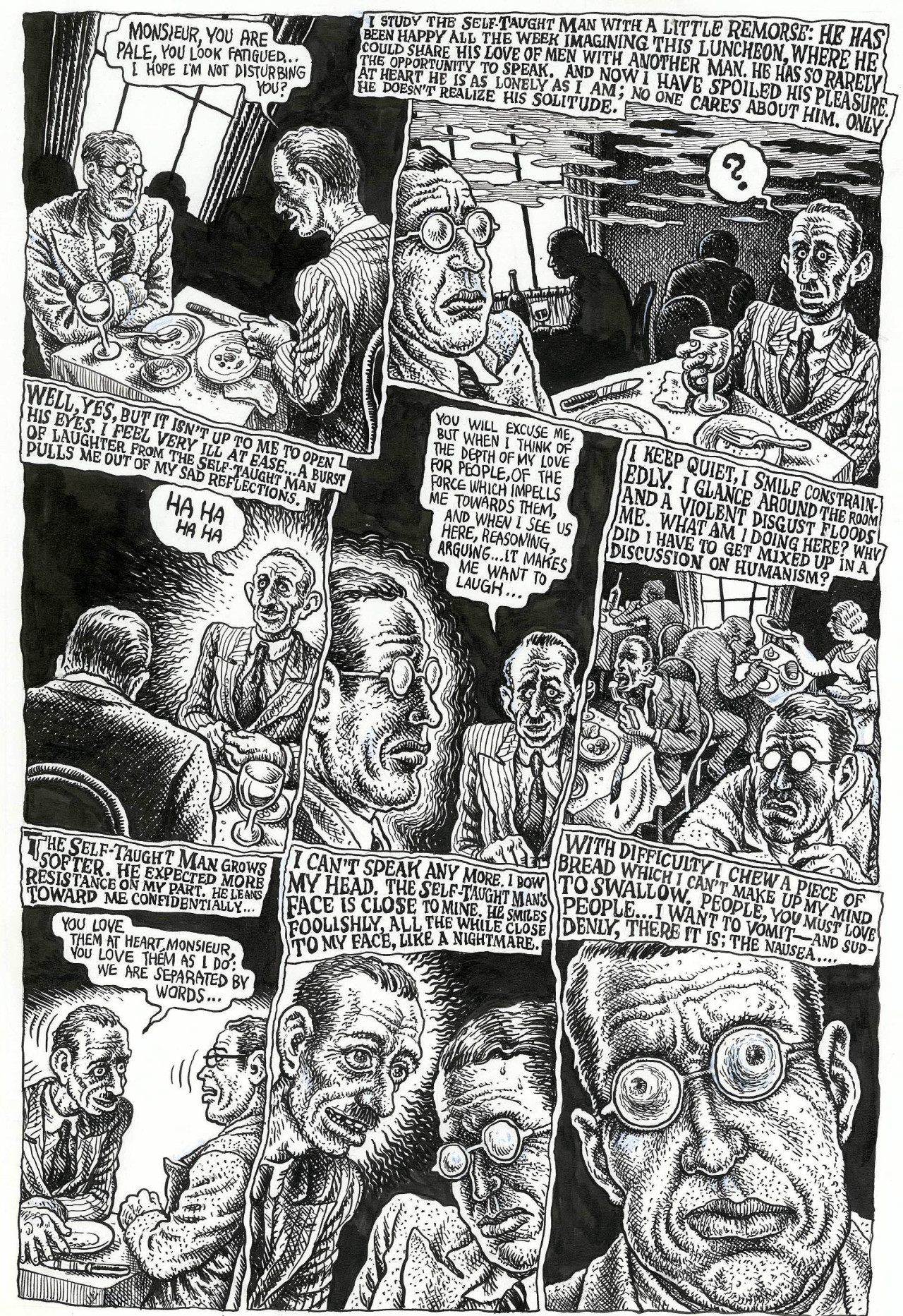In the age of the Classical Education, students pored over and memorized the works of “authorities,” exemplars of grammar, rhetoric, logic, etc. Constellations in the night sky of ignorance, so to speak, these writers and thinkers showed the way to knowledge through their excellence. The method may have fallen out of favor in modern pedagogy, but it survives in popular culture, and in the videos here, producer and musician Rick Beato employs it as a way of teaching the history of guitar.
In the episode above, he names guitar players from 1929–1969 that “every serious guitarist should know.” Below, he does the same for the decade of the seventies. These guitarists exemplify Classical, Blues, Jazz, Country and Rock & Roll guitar, according to Beato, and yes, he knows he probably left off your favorite players, so go ahead and mention them in the comments.
Beato includes a brief film or audio clip of each player, with the unspoken assumption that serious students will seek out more of their recorded music and become more familiar with what made them unique. In the list below, you can see the 48 names he lists in his first video.
1. Andres Segovia
2. Julian Bream
3. Charley Patton
4. Robert Johnson
5. Lightnin Hopkins
6. Blind Lemon Jefferson
7. Leadbelly 8. Elmore James
9. Muddy Waters
10. Freddie King
11. Albert King
12. B.B. King
13. Buddy Guy
14. Otis Rush
15. Django Reinhardt
16. Charlie Christian
17. Wes Montgomery
18. Joe Pass
19. George Benson
20. Barney Kessel
21. Herb Ellis
22. George Van Eps
23. Kenny Burrell
24. Jim Hall
25. Grant Green
26. Tal Farlow
27. Antonio Carlos Jobim
28. Les Paul and Mary Ford
29. Chuck Berry
30. Hank Marvin
31. Dick Dale
32. George Harrison
33. Keith Richards
34. Steve Cropper
35. Chet Atkins
36. Jerry Reed
37. Glen Campbell
38. Jimi Hendrix
39. Eric Clapton
40. Jimmy Page
41. Jeff Beck
42. Peter Green
43. Mike Bloomfield
44. Johnny Winter
45. Carlos Santana
46. Jerry Garcia
47. Ritchie Blackmore
48. Frank Zappa
The period of 1970–1979 saw “some of the most significant developments for the role of the guitar,” brought about by the British Invasion, the influence of the blues, and the “sonic and technological advances of the guitar.” The period began with two great losses in the guitar world: jazz great Wes Montgomery in 1968 and Jimi Hendrix in 1970. But many more greats soon came to prominence, such as classical guitarists Christopher Parkening and John Williams and jazz adventurers Pat Metheny and Joe Pass.
Beato namechecks several guitarists well-known to most of the listening public and many more you may never have heard before. His rapid introduction will likely inspire guitarists to learn what they can from these authorities of the instrument, broadening both their historical knowledge and their technique. He promises more videos like this in the future, each covering a new decade. Who will Beato choose as most influential players of the eighties, nineties, and oughties? Subscribe to his channel to find out.
Related Content:
The History of Rock Musically Told in 100 Guitar Riffs and 100 Bass Riffs
Josh Jones is a writer and musician based in Durham, NC. Follow him at @jdmagness














